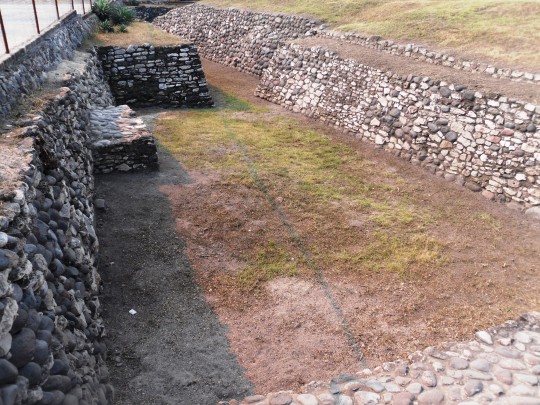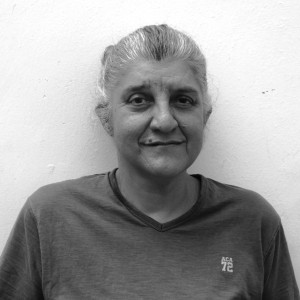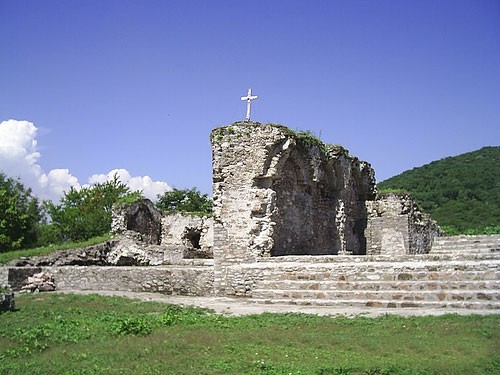The name of Olintepec (“the hill of tremors”) shows the importance that this settlement held for the groups living in Morelos. It was an altepetl (“water hill”), a fiefdom governed by a tlatoani who ruled over various towns which paid tribute to him.
As in other Mesoamerican towns, Olintepec derives its name from its patron god, which we can only speculate about today. The town’s glyph appears in the sixteenth-century Mendoza Codex. It is the glyph of Movement, painted in a brown color and depicted on top of the hill. The sun is a movement deity, but the brown color of the glyph would seem to indicate that it represented a female deity, specifically an earth goddess, since the earth also moves with earthquakes. Hence it is likely to have been an invocation of the goddess Cihuacoatl, whose sanctuary must have been at the summit of the Cerro Olinche to the east. This is a reference to the temple of the god Tepoztecatl, in the neighboring Tepoztlan. Therefore the name Olinche could be a corruption of Olintzin (the “zin” is considered to be reverential), and hence it would read as “the Lady of the Tremors.”









